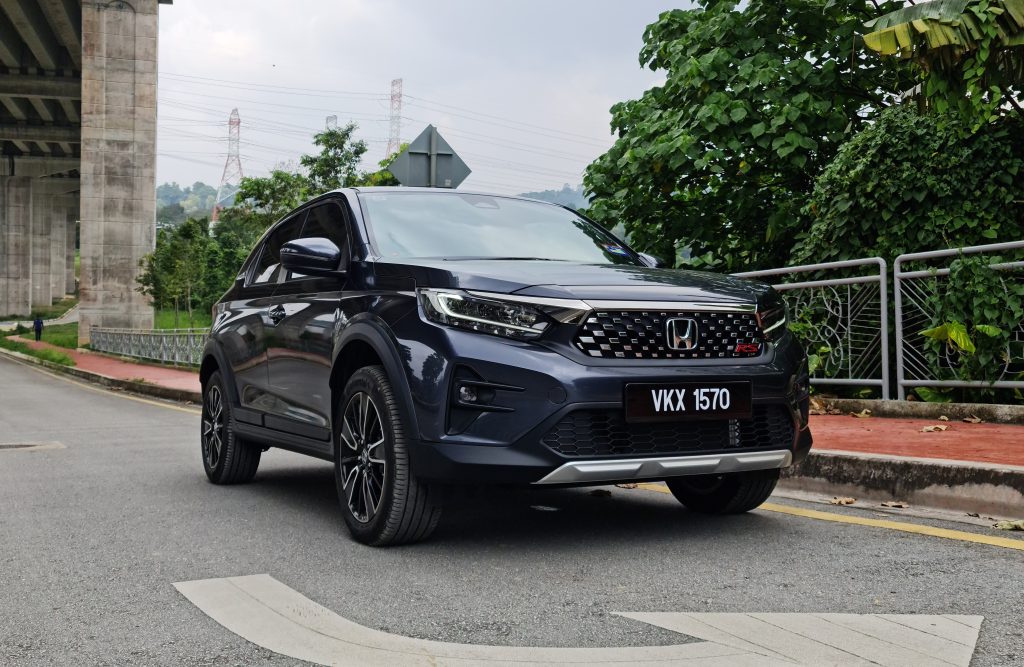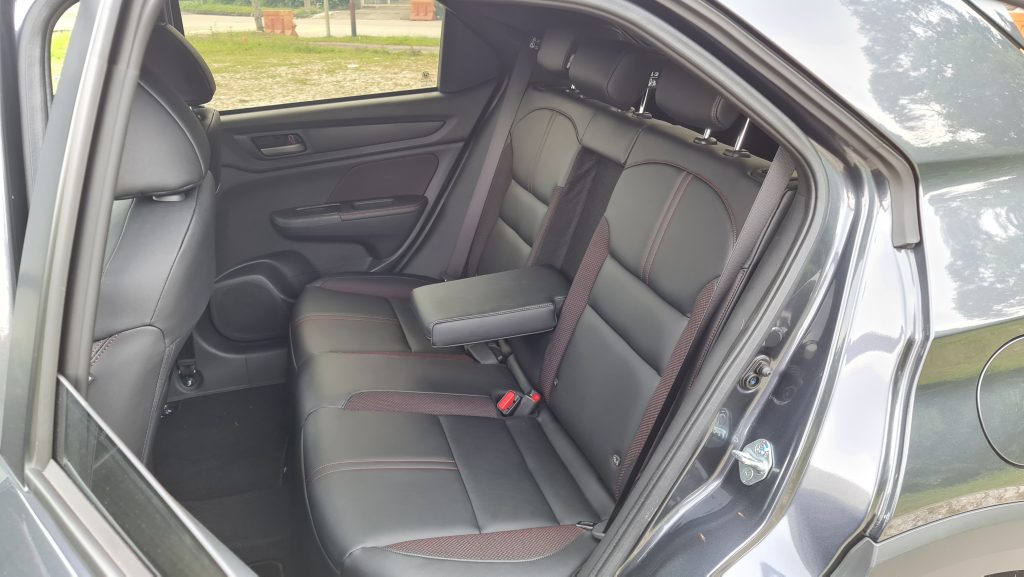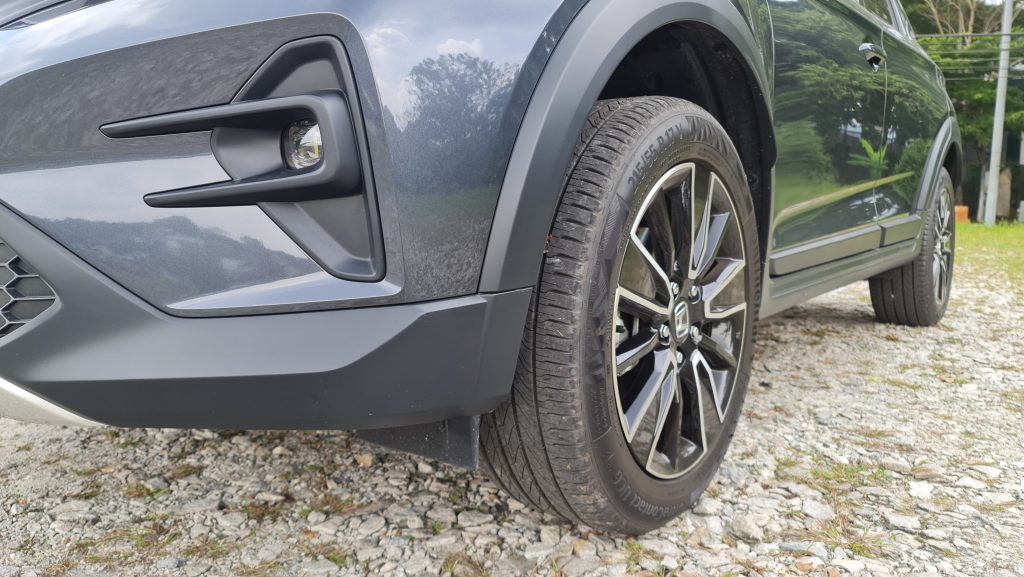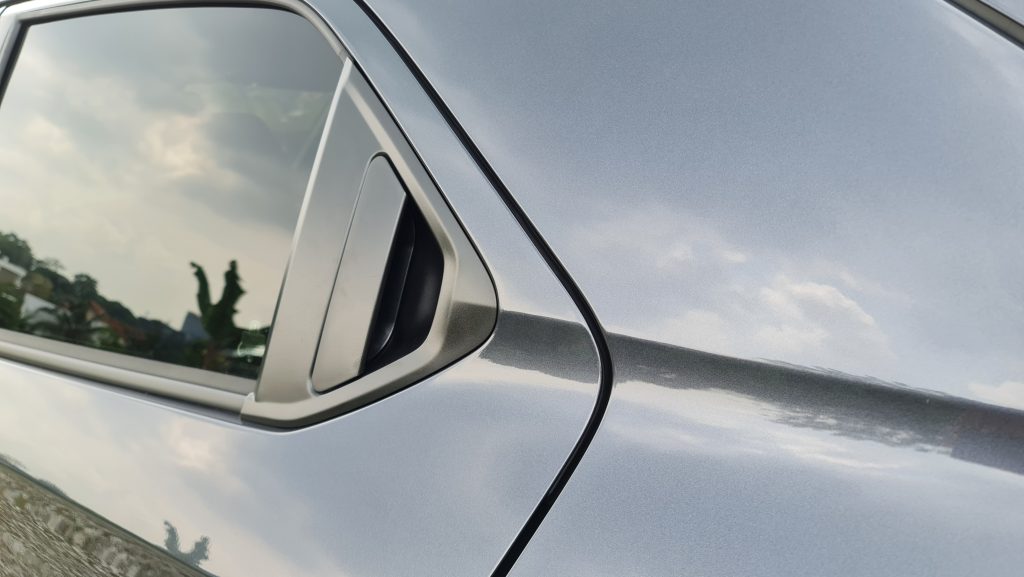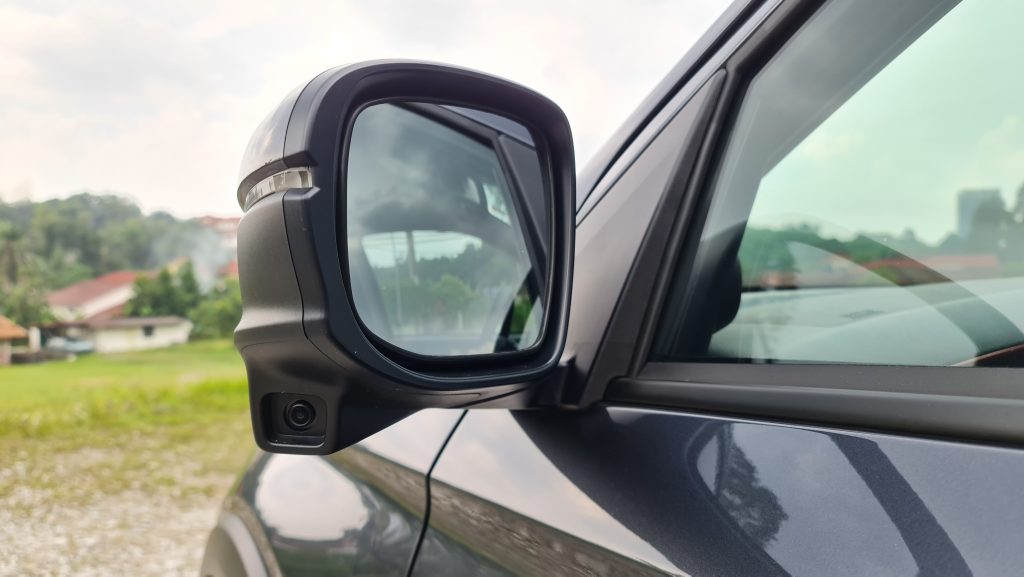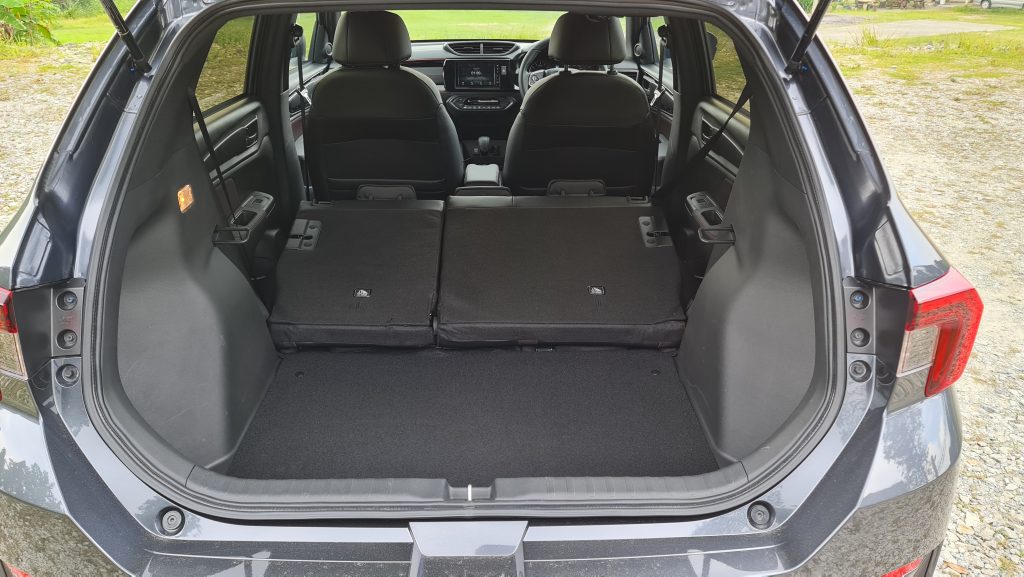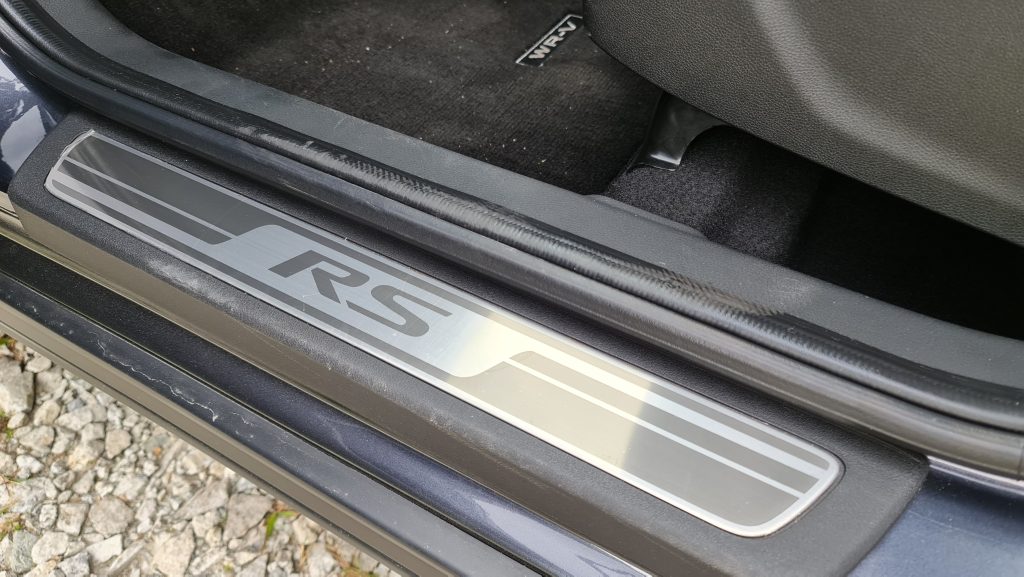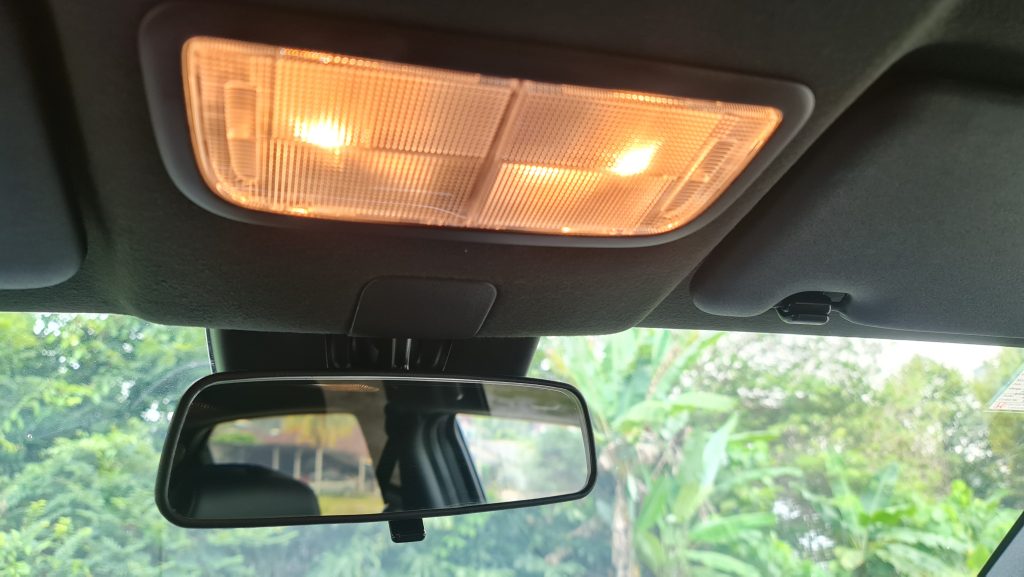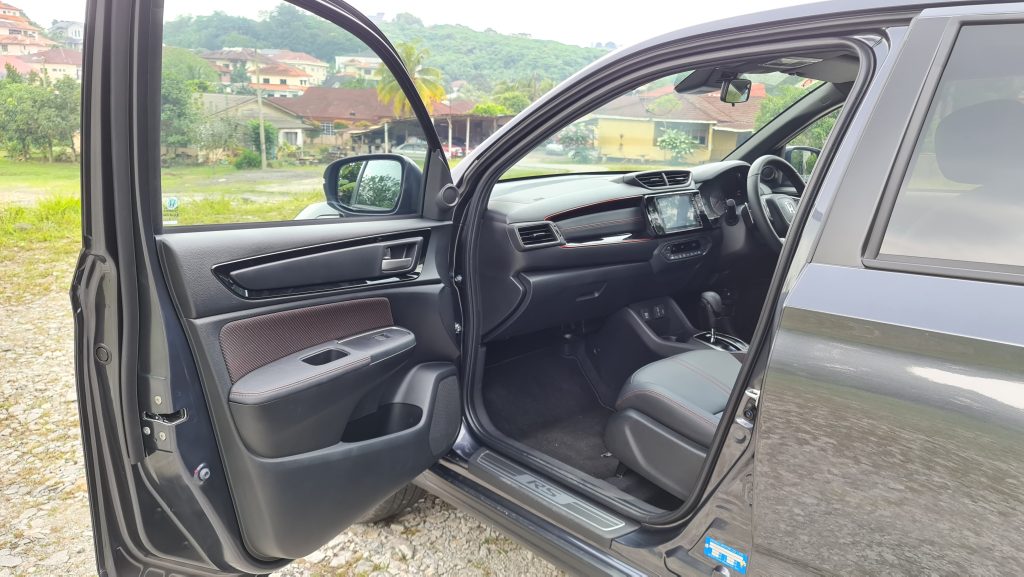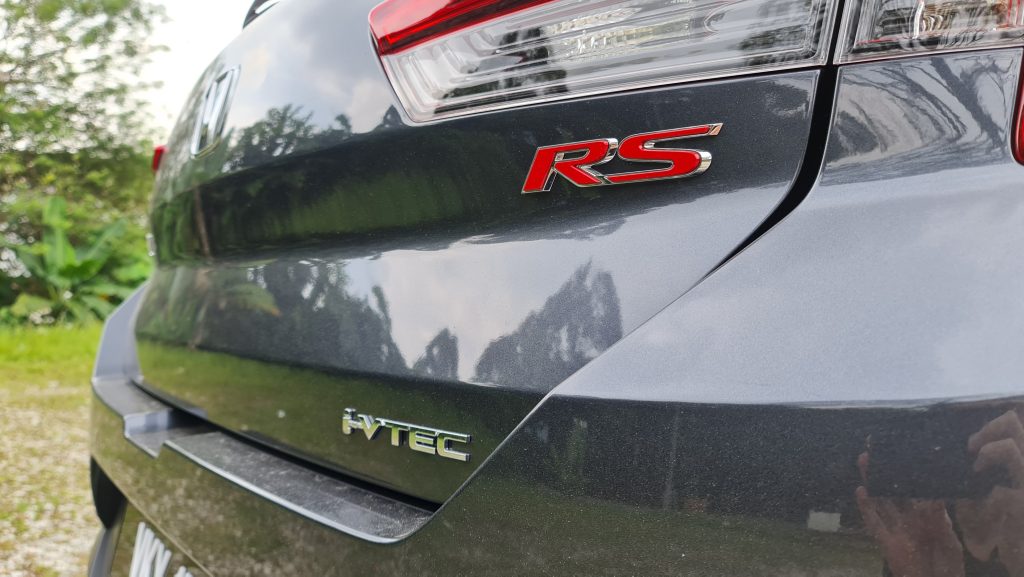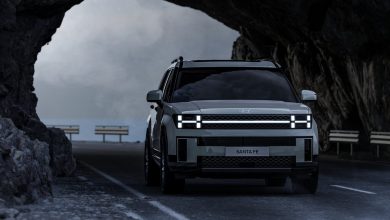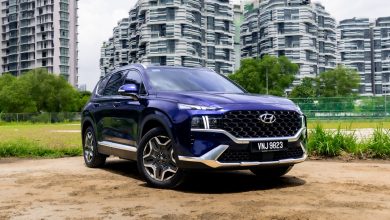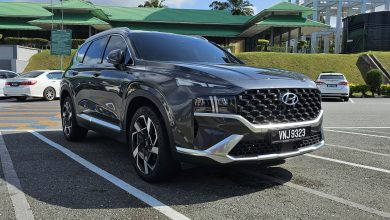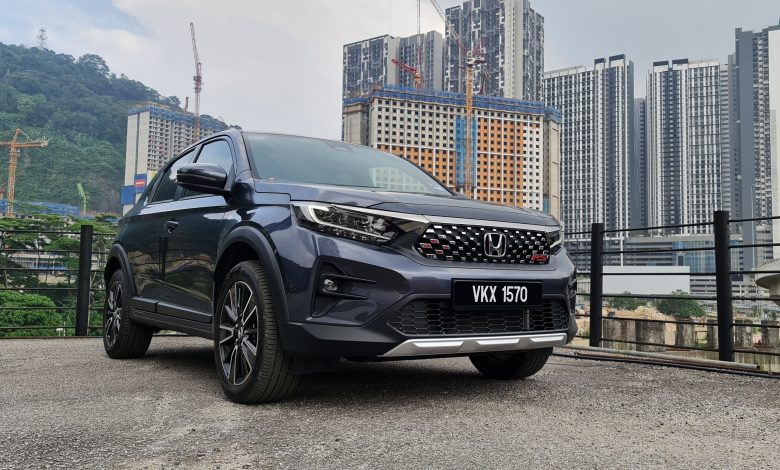
Who can really argue otherwise to a high-riding compact crossover with the Honda badge?
When it comes to those wanting to spend RM 100k on a new car these days, there is actually a surprising high number of options to choose from. Especially with the recent arrival of the Chinese in the form of BYD and Chery, the junior executives of Malaysia have in total about 5 to 6 decently compelling options that are worthy of their hard-earned salary.
Though in spite of all these competent choices, when this question actually came up during a discussion that this writer had with one such junior executive, the funny thing was that the immediate answer that came to mind was Honda’s WR-V.

So how come then amid all these choices, did this Winsome Runabout Vehicle manage to become the obvious answer?
Well, as a regular driver of a Honda Jazz, it is worth stating right at the start here that the WR-V actually lacks what truly sets a typical small Honda apart from the rest of its competition (more on that later). There are too some rather decently-sized complaints that are to be levelled with this particular compact crossover as well.
Having lived with one for a couple of days a while back however, the WR-V nevertheless just ticked enough of the right boxes to see it become the default answer to any (and this is the important keyword here: normal) person looking for when it comes to a do-everything car for the next near-decade of their lives, as to be detailed right down below here.
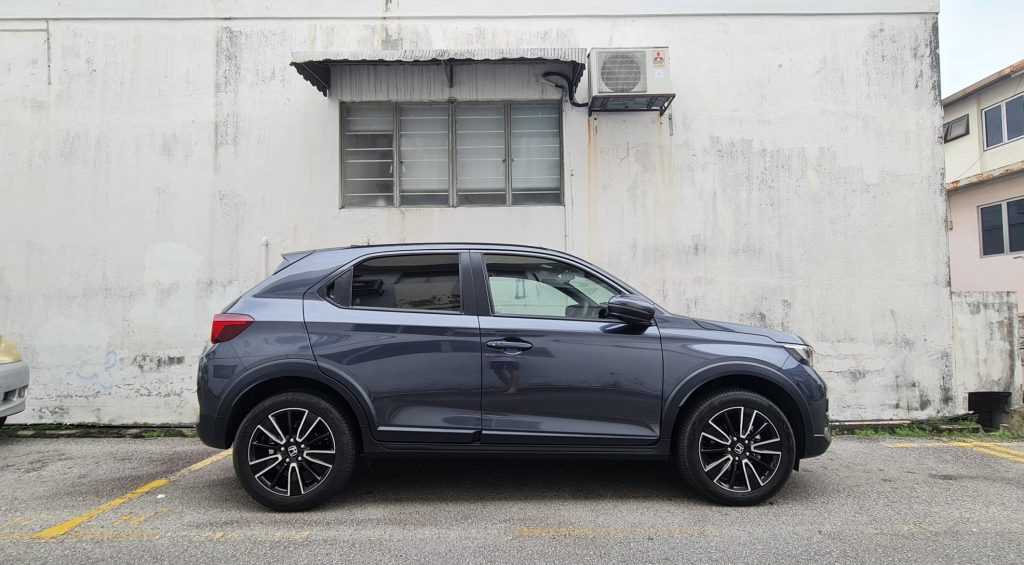
The Good Points
Kicking things off with perhaps the most subjective — but also most immediately obvious — plus point, the WR-V is actually quite a good looking car. Its general chunky profile and square stance gives this compact crossover the macho vibe everyone seemingly wants from one of these cars, while the chromed front grille and twin-tone 17-inch alloys (on this top-tier RS variant in particular) brings with just enough bling to smarten it up somewhat.

In spite of the aforementioned large wheels on this small crossover as well, the WR-V has a surprisingly compliant ride, even on the roughest of KL roads. Though perhaps the more impressive aspect of its ride and handling part is just how remarkably nimble and agile this compact crossover feels to drive.
This inherent agility with the WR-V is thanks in no small part to its remarkably tight turning circle, with there always more to lock available even when you think there isn’t any more. And adding to its fantastic manoeuvrability is for it to offer a fantastically commanding view out, courtesy of a surprisingly raised driving position and large green house area. Its rather bluff front end meanwhile is just the cherry on the easy-to-drive cake with this not-at-all big crossover, as even the most spatially unaware drivers are easily able to gauge where the ends of the car.

Now rather unfortunately, Honda has still seemingly forgot it made cars like the Integra Type R and Civic when it came time to tuning the steering of this WR-V. Such is as in spite of what its rather nice chunky wheel might tease, this compact crossover still has the same way-too-light (and consequently uncommunicative) system as previously critiqued on the City.
That said, the larger wheels on this RS trim of compact crossover does give it that little bit more weight to the proceedings, with it also contributing somewhat to the relatively decent high speed stability of this compact crossover. Credit where it is due too, Honda has also nailed it on the brake feel with this WR-V, which in turn gives the driver confidence to actually indulge in some (relatively) sporty automotive fun with it.
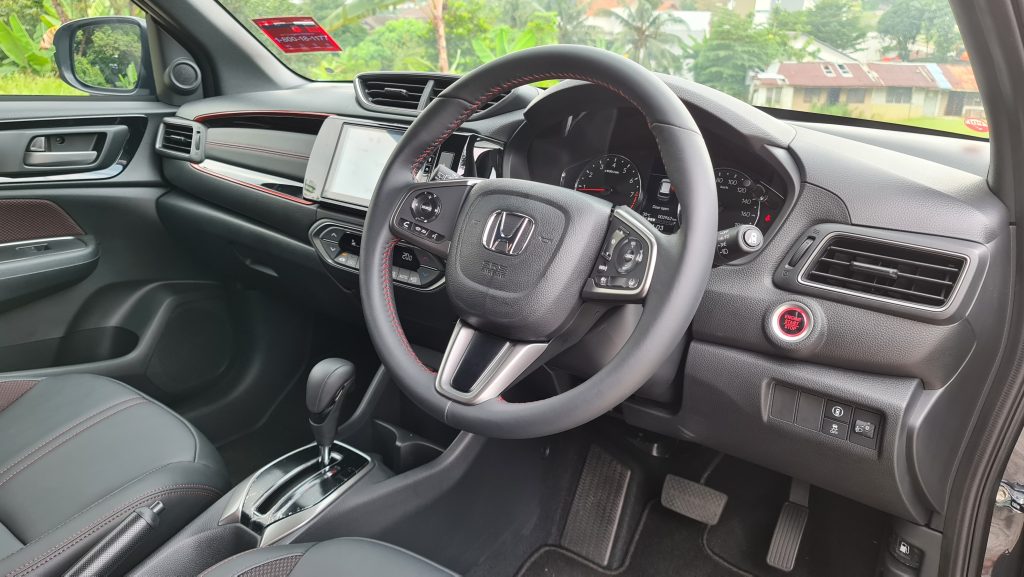
This notion of giving it some is to be further encouraged by the WR-V actually sounding pretty decent when the pushed. The well-proven 1.5-litre naturally aspirated four-banger and CVT pairing (shared with the City) that is featured under the hood of this compact crossover is of course not exactly the most potent of powertrains out there, but what little power it has it does give willingly, and it will go eventually when you step on it for hard enough and long enough.
But perhaps even more amazingly (and more pertinently for most buyers) about the powertrain is that it really doesn’t drink that much fuel, no matter how hard you hoof this Honda. The lowest this writer ever got the average fuel consumption reading to go was 11.5 km/l, which is really more-than-decent considering this was after reasonable stint of hard driving, in the attempt to keep pace with an exuberantly driven BMW X4 (which it did by the way, though it could be more to do with driver skill here).
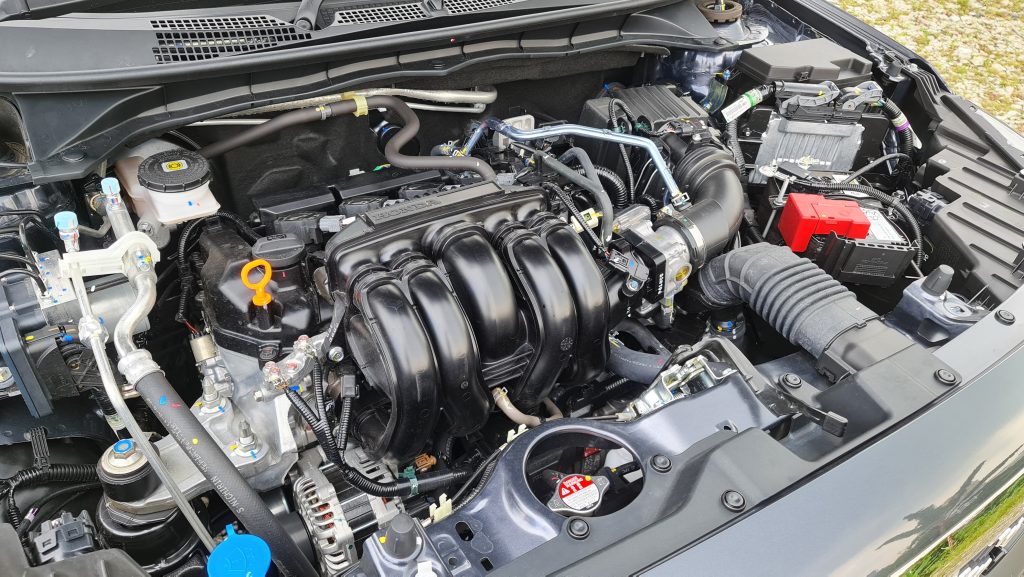

Oh, and one other plus point that commonly goes undiscussed here too on this WR-V is that while its interior lacks the flair of its Chinese counterparts, its basic-ness actually makes for it to be the easier one to live with on a daily basis. Having ventilation controls as its own physical stack and not buried under a set of sub-menus in its central screen is after all such an underrated cabin plus point these days, with the basic head unit (without it being connected to any other in-car functionality) meaning that it is way easier to change out when new tech comes in the future.

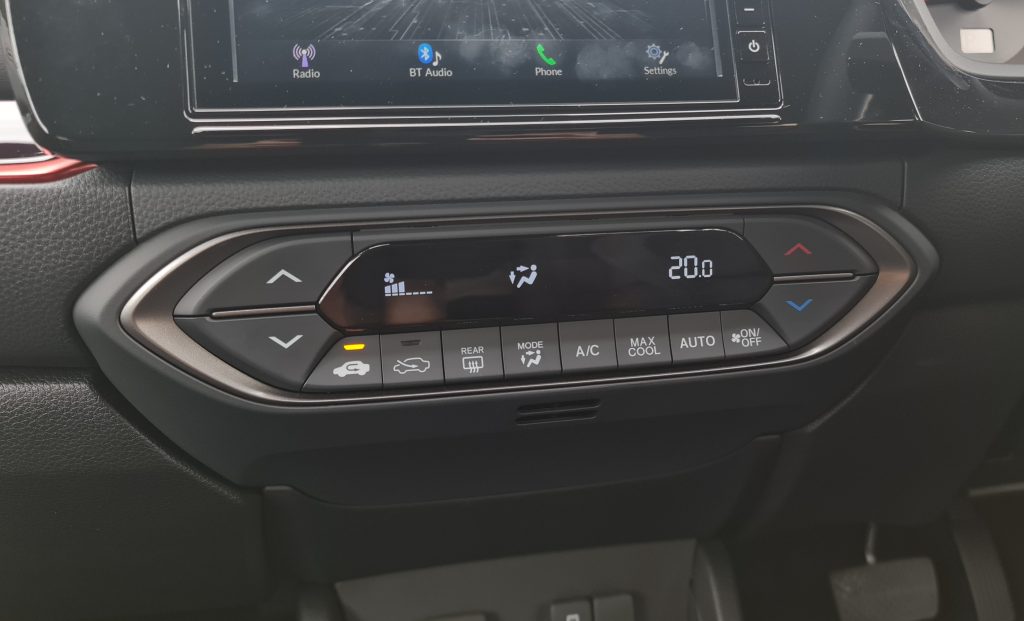
Just for the audiophiles as well, the WRV’s speakers are actually somewhat decent (for the price point that is). Sound is a bit low down for the most part, but the bass is there if anyone cranks it all the way up.

The Not-So-Good Points
Starting with the smaller niggles first that will perhaps only be apparent to fans of small Hondas, it is rather disappointing to see for this WR-V not to have carried over the Japanese automaker’s magic of making a small car feel palatial within. In spite of its boxy proportions, anyone vaguely approaching six feet will unfortunately see their head scraping the roof when seated at the back, with there to simply not be enough width in the rear row to fit even the most slender of shorties in the middle seat when there are two others occupying the outer chairs.
It is also baffling to discover that the WR-V does not feature the Japanese automaker’s patently brilliant Ultra seats in its rear row. A relatively large boot (at 380 litres compared to the City Hatchback’s 280 litres) does nevertheless offer it some redemption on the practicality side of things with this compact crossover, but this is then all lost again by its boot not having any tonneau cover or parcel shelf of any kind (nor even provisions for one) to hide what is stored out back from prying eyes.

Moving up front now, the front seats on this WR-V feature an extremely pronounced seat back, which made for even halfway long drives to not be the most comfortable of experiences. The lack of a telescope capability on the steering wheel further adds to the potential discomfort in the driving experience, while the lack of low speed follow for its adaptive cruise control and a really low resolution Honda LaneWatch camera sees for this particular compact crossover to be clearly left behind on the tech front relative to its Chinese counterparts.


Though the elephant in the room regarding disappointments with the WR-V has to be that its interior is just not up to snuff for the price of this car. An uninspiring overall design that is then made from mostly cheap and hard plastics is simply not good enough already these days, especially its competitors (of mainly Chinese origin) are offering soft touch materials in decently stylised cabins.
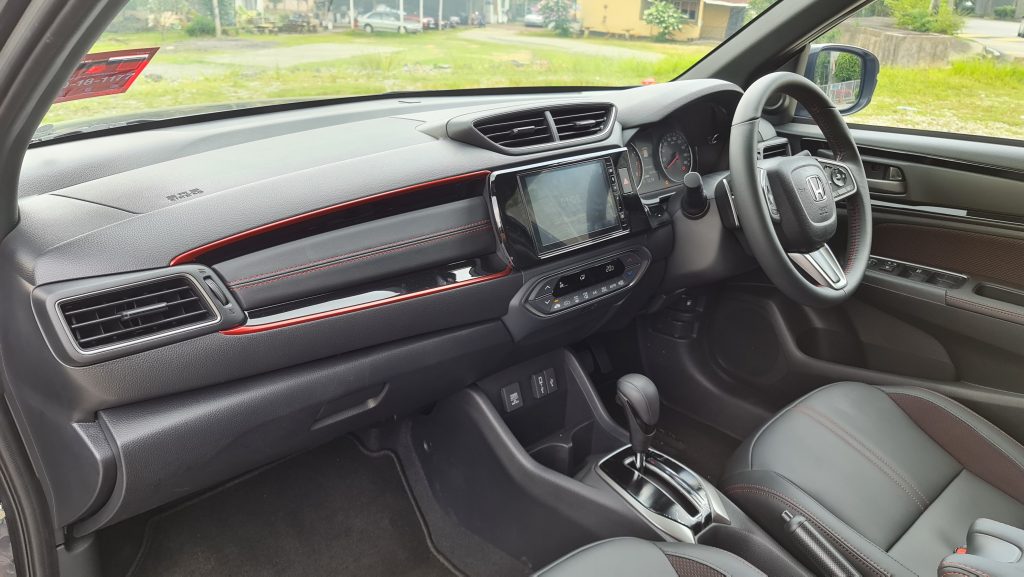
And to provide just one of the more annoying examples of where this cost cutting takes place of this WR-V here, the buttons on its steering wheel — something that is touched on a near constant basis by the way — are made from clear plastic with hard (and sharp) edges. Honda can do better than this, and honestly have with the cheaper City.
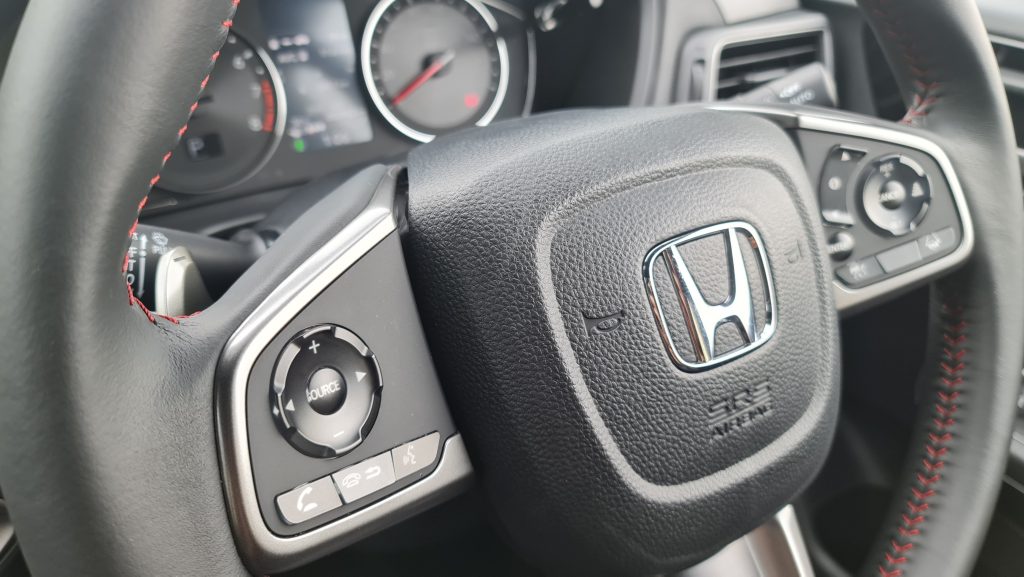
About The Title To This Story…
Now in spite of these complaints made above, the plain and simple reason as to why this WR-V is nevertheless said here to be the default RM 100k choice is basically because, even amid such stiff competition around, it is a car in a segment that everyone wants these days (a compact crossover) from a brand that has a rock-solid reputation among the every man (Honda).
That H badge is after all still very much associated with the promise of good reliability and service standards, as well as perhaps most importantly too an eventual high resale value, which is basically what most buyers (especially in this price point) put as priority #1 when deciding to plonk down that much money over many, many years for their presumably only means of going about town (and life for that matter)…

And frankly, it should go without saying that Honda knows this all too well already as well. Why else are they able to sell what is essentially a RM 60k car for nearly RM 110k (for this RS trim tested) here after all, and still have people queuing up round the block to buy it?

Odds & Ends
- The twin analogue dials in the gauge cluster does a little sweepy motion upon startup, while the centre display graphic shows a silhouette of the WR-V in its concept form.

- The clock on the instrument cluster and central display aren’t synced up, and needs to be manually adjusted individually to make them so.
- There is surprisingly no temperature gauge anywhere in the cluster of the WR-V
- The typing restriction for Waze on the Android Auto interface within the WR-V is dictated by the handbrake actuation, instead of the typical gear selector needing to be placed in P as per other cars.

- For such a tiny car, the is a full sized spare (16-inch) in the boot of the WR-V.
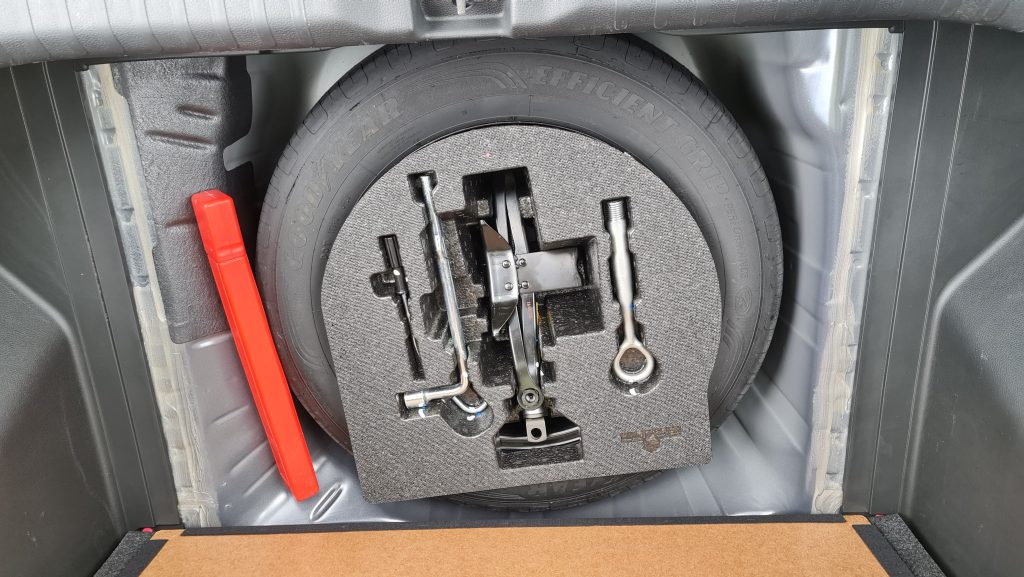
- There is a separate (and rather useful) button to lock the boot right next to the boot release button.
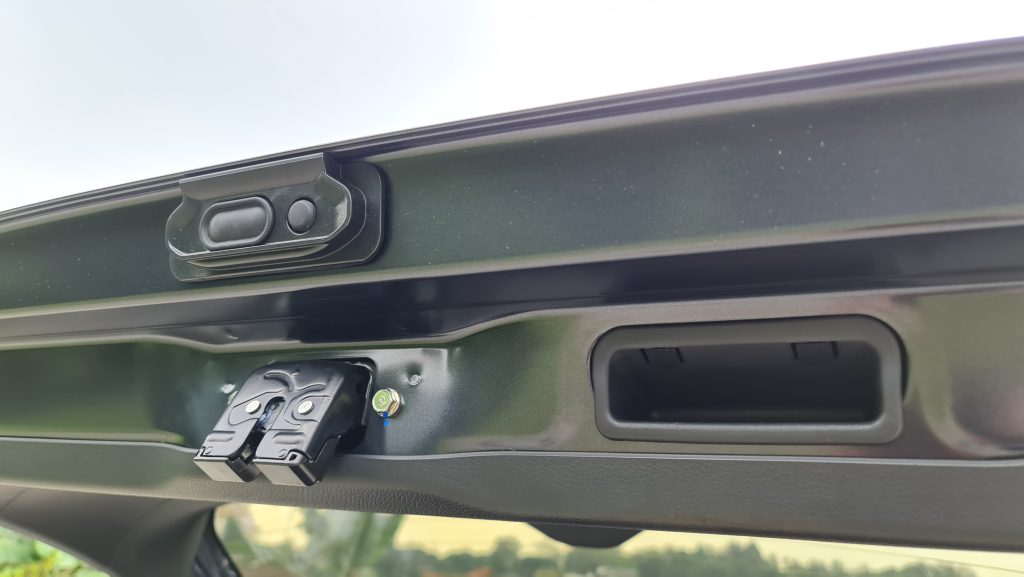
Honda WR-V 1.5L RS Technical Specifications
Engine: 4 cylinder, 16 valve, DOHC, i-VTEC
Capacity: 1,498 cc
Gearbox: Continuously Variable Transmission (CVT)
Max Power: 121 PS @ 6,600 rpm
Max Torque: 145 Nm @ 4,300 rpm
0-100 km/h: 11.3 seconds
Top Speed: 160 km/h
Fuel Consumption: 6.0 L/100 km
Price: RM 107,900
